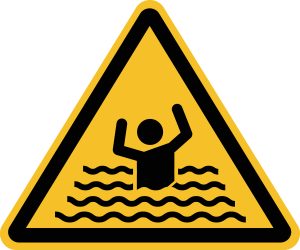Burn Injuries
 Most burns happen in and around the home and result from minor mistakes.
Most burns happen in and around the home and result from minor mistakes.
However, even when burns are accidental, they cannot—and should not—always be blamed on the victim. In some cases, family friends, property owners, and event organizers assume a measure of responsibility for your safety when they put you near anything that could cause serious injury. If their negligence caused your accident, they could be liable for its costs.
Here’s what you need to know about burn injuries and liability:
 Buffalo Personal Injury Lawyer News
Buffalo Personal Injury Lawyer News


 If you’ve been injured in an accident that wasn’t your fault, you shouldn’t be left paying the costs out of your pocket. Under New York state law, accident victims often have a right to recover damages from the person or party who caused their injuries. Depending on the circumstances of your accident, you could be entitled to significant compensation, both for your existing losses and your long-term needs.
If you’ve been injured in an accident that wasn’t your fault, you shouldn’t be left paying the costs out of your pocket. Under New York state law, accident victims often have a right to recover damages from the person or party who caused their injuries. Depending on the circumstances of your accident, you could be entitled to significant compensation, both for your existing losses and your long-term needs. Liability waivers differ in language and terms, but most serve a similar purpose: protecting at least one party from legal claims resulting from accidental injury. If you sign a waiver, you are, in effect, relinquishing your right to file a lawsuit or initiate other legal action.
Liability waivers differ in language and terms, but most serve a similar purpose: protecting at least one party from legal claims resulting from accidental injury. If you sign a waiver, you are, in effect, relinquishing your right to file a lawsuit or initiate other legal action. Everyone in the United States has a right to a safe workplace.
Everyone in the United States has a right to a safe workplace. New York State’s Safety Snapshot
New York State’s Safety Snapshot New York’s Definition of Wrongful Death
New York’s Definition of Wrongful Death Drowning Accidents and Wrongful Death Damages
Drowning Accidents and Wrongful Death Damages The Legal Definition of “Drowning” is More Expansive Than You Might Expect
The Legal Definition of “Drowning” is More Expansive Than You Might Expect 
 Drowning Accidents
Drowning Accidents